Do you have a guinea pig as a pet? Guinea pigs, also known as Cavia porcellus by scientists, are becoming more common as pets each year, however, many people are treating them as cats or dogs and many times forget that they are a completely different species and require different care. Guinea pigs are simple to take care of, when compared to other pets such as hedgehogs, for example, but this does not take away the fact that they require different needs and must all be tended to.
If you find that your guinea pig is experiencing pain or haematuria (blood in the urine) read on and ask yourself if your pet has any of these symptoms, If they do, be ready to set up an appointment with the veterinarian ASAP.
What is a urinary tract infection in a guinea pig?
Female guinea pigs have shorter urethras than other mammals and for this reason, it is very common for them to develop urinary tract infection. The anus is also in very close proximity to the urethra, so this facilitates transmission of bacteria into the urinary tract and into the bladder. Urinary tract infections can cause cystitis (Schuhmann, et al., 2015).

What causes this disease?
Urinary tract infections can be caused by multiple bacteria, however, some of the most common cause cystitis as well, which is the inflammation of the bladder. Escherichia coli is frequently found in patients with cystitis and sometimes even found to have a certain degree of resistance. Bacterial resistance happens when a strain of bacteria is exposed to small doses of antibiotics and begin to produce proteins in the cell that help them become immune to an antibiotic. This is why it is important to conduct a culture and antibiogram of the bacteria because it will tell the clinician if the strain is immune to an antibiotic and if it is necessary to use a stronger one. Pasteurella species, Staphylococcus haemolyticus or Streptococcus are also known to cause this disease.
Signs and symptoms to look out for.
Common signs when a guinea pig has a UTI can include a fever of up to 104ºF, inappetence, squeaking when urinating, lethargy, blood in urine, dehydration and signs of pain when touching the lower abdomen.

How is this disease diagnosed?
A veterinarian might think your guinea pig has either urinary calculi or a urinary tract infection and will conduct a series of tests to help figure out what is the root cause of the issue. Ultrasound is a diagnostic method that will help visualize the structures in your guinea pig’s abdomen and identify any increase or decrease in size of organs or presence of abnormal structures such as calculi or solid objects. This is important because it is also very common for UTIs to occur at the same time as urinary calculi. Radiograph may also be offered to rule out any abnormal structures inside the abdomen.
What available treatments are there for the treatment of UTI?
Veterinarians will prescribe antibiotics such as enrofloxacin, meloxicam for a couple of days or weeks, depending on the severity. Antibiotics depend on the strain present in your guinea pig’s bladder or urinary tract. Some bacteria may be resistant to a couple of antibiotics so it is very important for your veterinarian to take a sample and send it to the lab to make sure they use the right antibiotic. Antibiotics can temporarily decrease the function of the immune system so this is why it is very important to know which one to use immediately and not have to use other ones first. After an adequate and consistent treatment, guinea pigs have a good prognosis and survival rates are high.
Never give your guinea pig over the counter medicine and always ask a veterinarian before giving them any medication. Guinea pigs are especially delicate in their metabolic pathways and many of the medications that are used in humans can potentially harm them if not given in the right way.
It is also important to encourage water intake by using different forms of environmental enrichment by always providing fresh and clean water and offer more than one bottle of water in their cage. Fruit or vegetable infusions can be used such as cucumber or watermelon.

How can I prevent this disease?
There are many things you can do to help prevent a guinea pig, especially a female which are more vulnerable to this disease. Make sure the hairs around the genitals (anus and vagina or penis) are kept short and cleaned. Sometimes, if your guinea pig does not have a designated area to go to the bathroom, they might do it where they lay down and bacteria might have an easy entrance into the urethra – provide them an area where they can safely go to the bathroom and another area for spending the rest of there time so they don’t have to hang around their feces for long. Guinea pigs have short legs, which means they are more likely to be in contact with their wet bedding and/ or droppings. Making sure you have and maintain proper beddings can make them less susceptible to this disease. GuineaDad Fleece Liners are a great option for keeping your guinea pig's cage clean and comfortable. GuineaDad Fleece Liners are made to take in three times its weight in water. The bamboo fiber found in our fleece bedding has the natural properties that reduce the chance of small animals acquiring any bacteria-related disease. Change the bedding in their cage more often to avoid build up of harmful pathogens like bacteria, fungi which tend to love warm and damp areas. Check your guinea pig’s urine periodically and make sure there are no traces of blood or tissue in them. Also try to identify their normal behavior as animals usually tell us things not with words, but with actions. If you find that they squeak or spend a lot more time trying to urinate than actually urinating, this might be a sign that something is wrong and that a visit to the vet is needed!


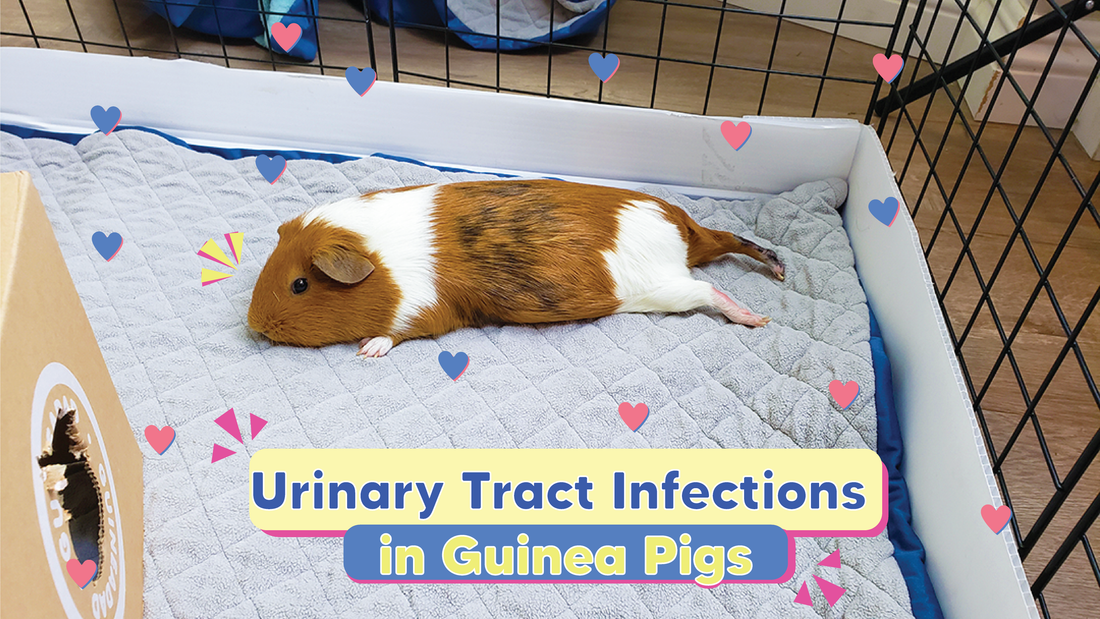







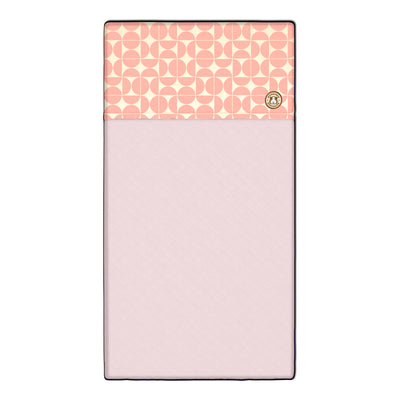

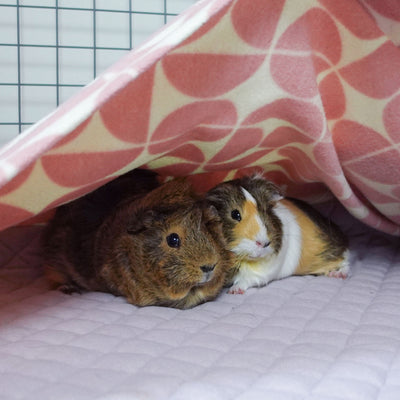
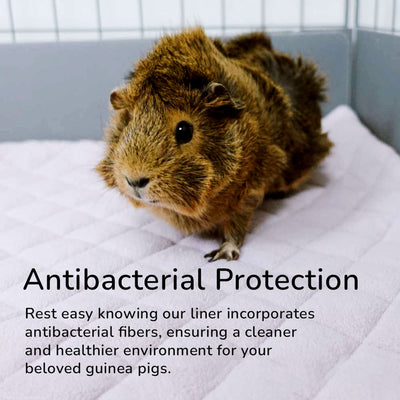








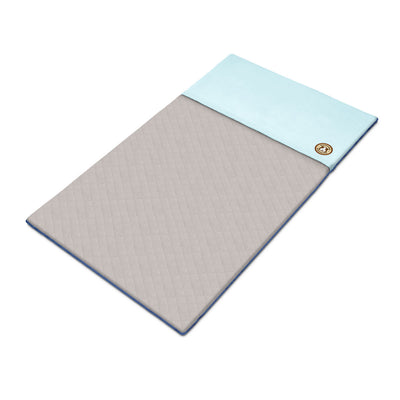
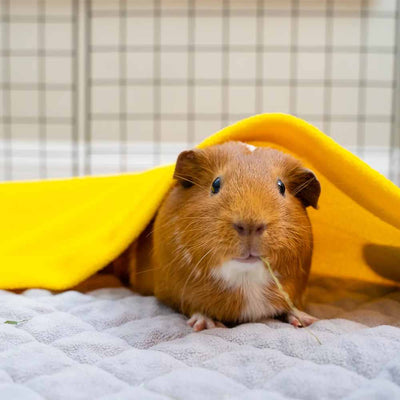
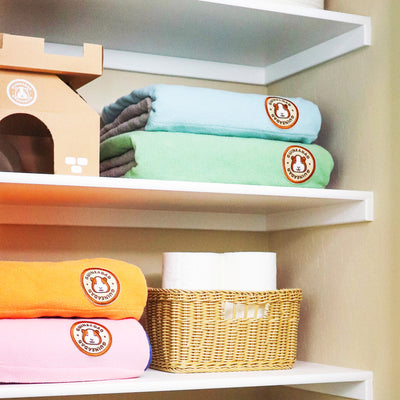
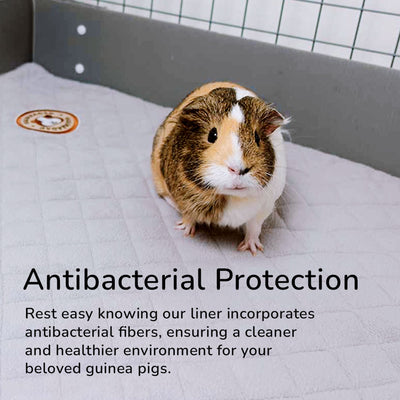





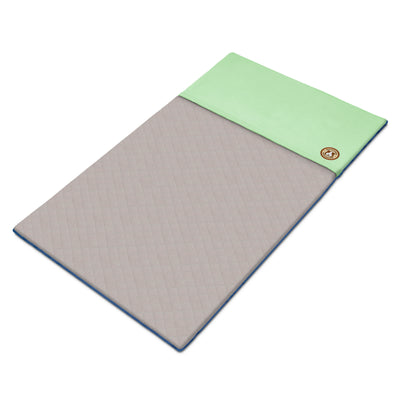
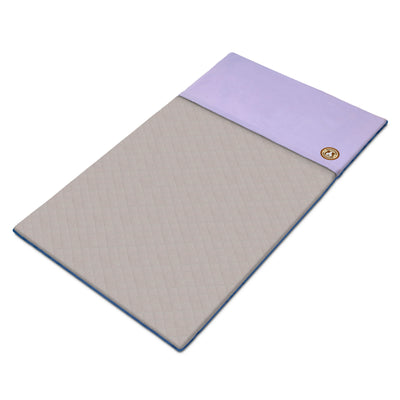
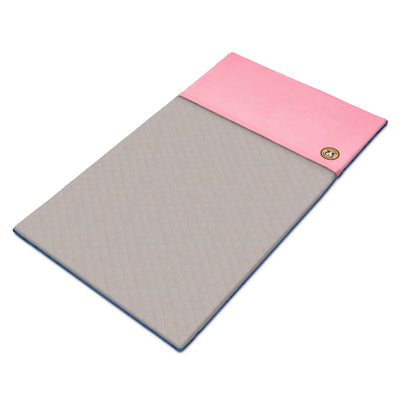
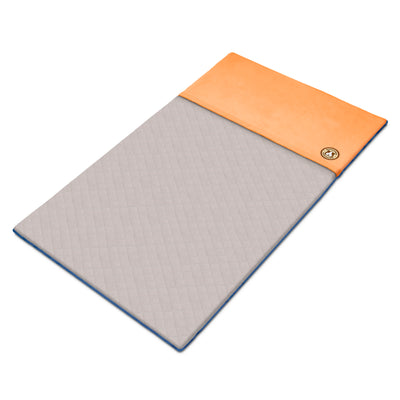
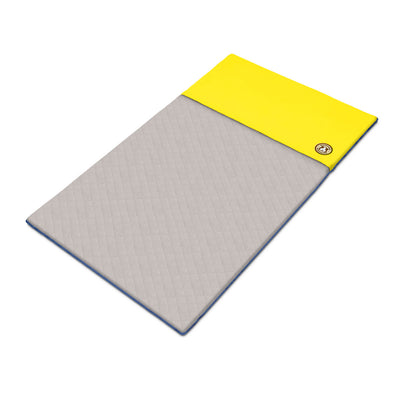
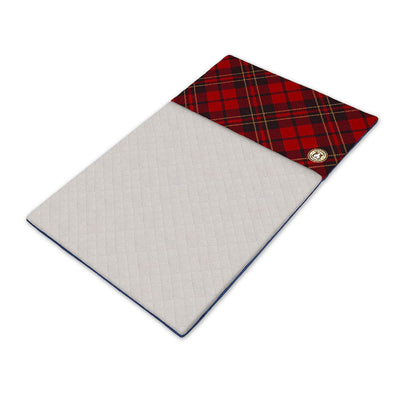
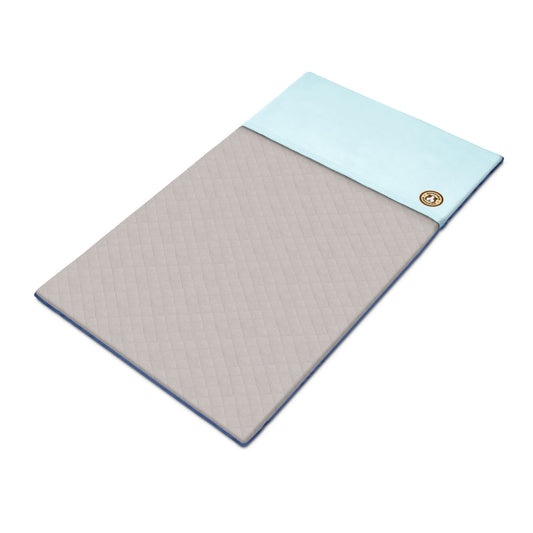







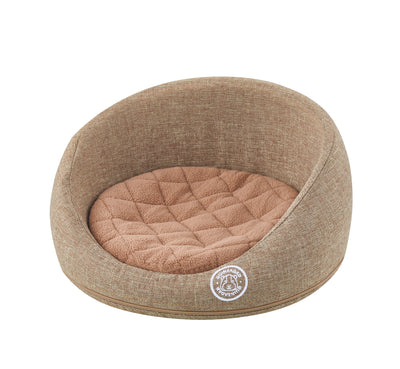
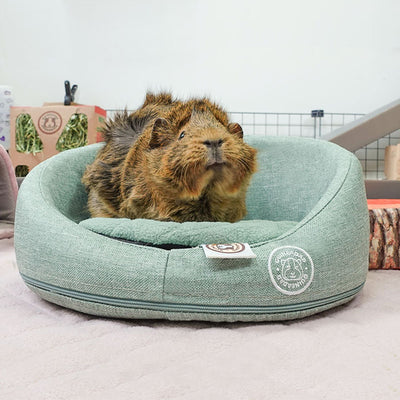
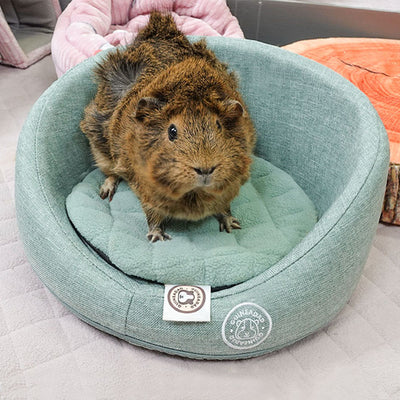
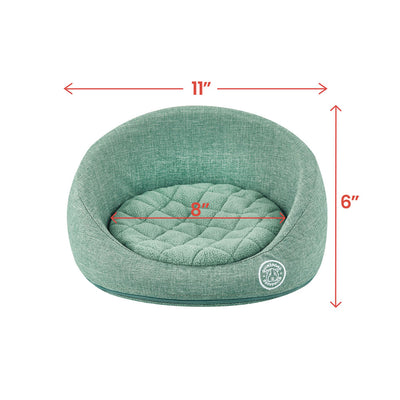
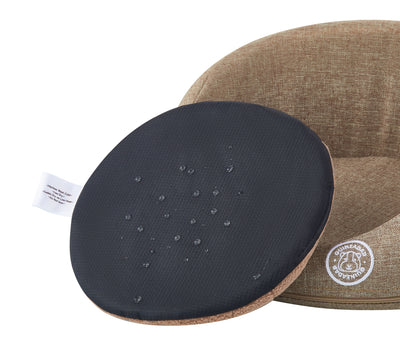
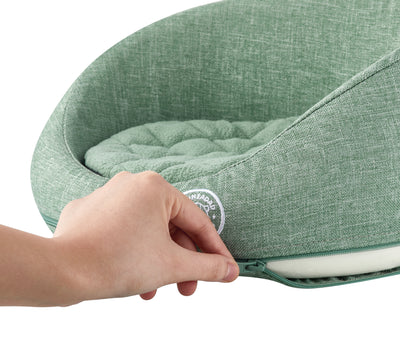
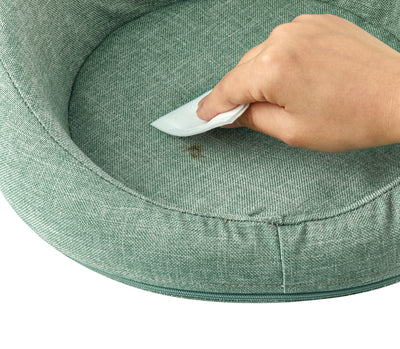
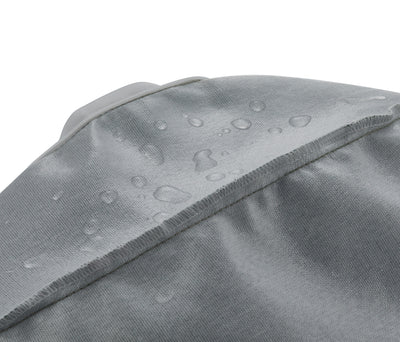
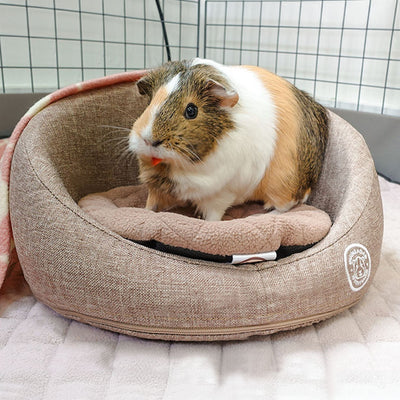
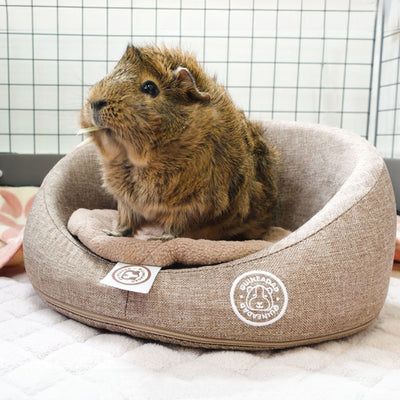
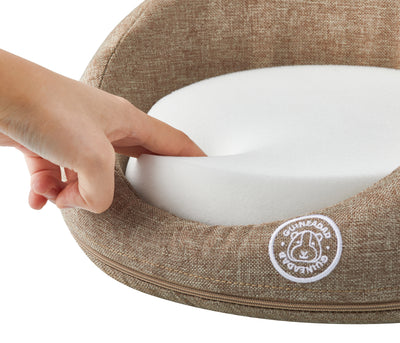
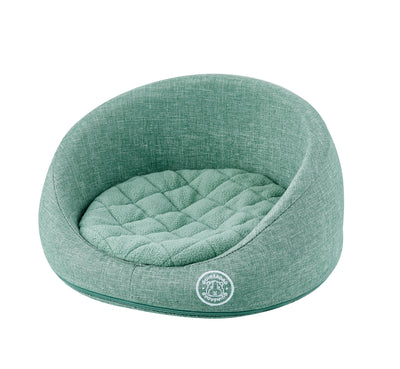
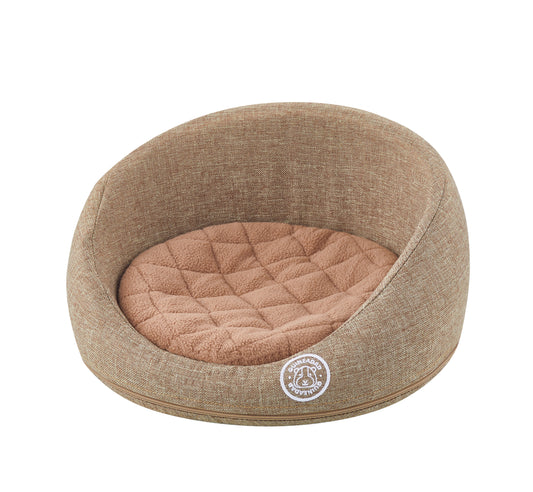


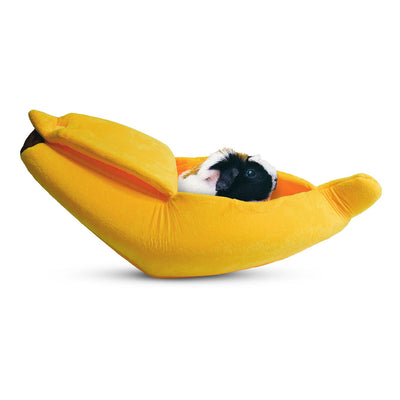
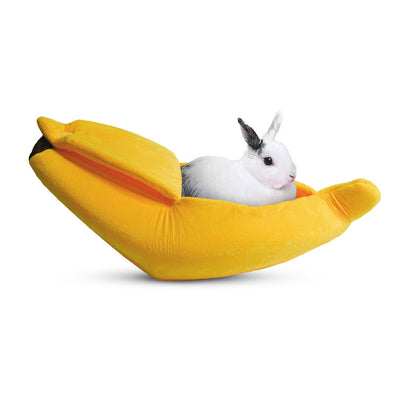

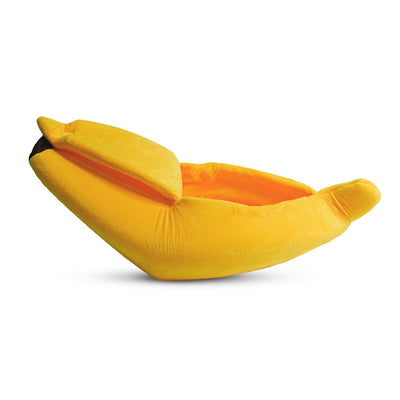


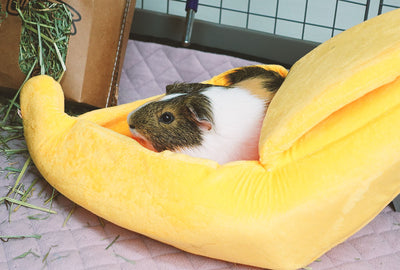
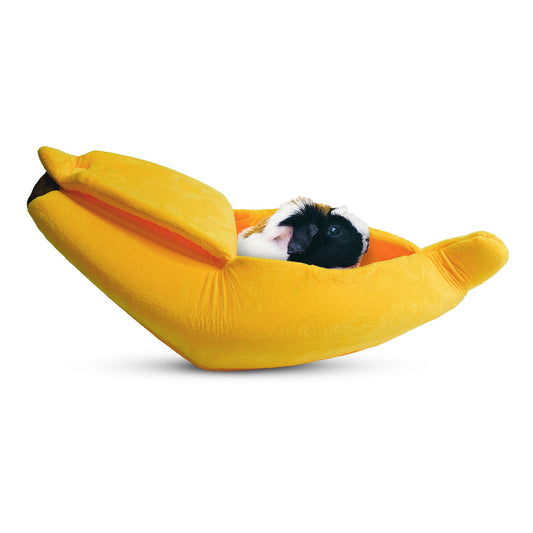
10 comments
Peter Gurney found that barley water coats the bladder and urethra, making it less painful and promotes healing. Take 5 dl (1 cup) water, add 1 dl (1/5 cup) barley, in a pan on the stove, and bring to a boil. Then, reduce heat and let simmer until the barley is soft. It takes about 10 minutes. Stir and pour the water into a small glass or bowl. Empty baby food jars are good for this also. Let it cool to lukewarm and then feed to your guinea pig using a syringe (no needle).
Be sure to get the old fashioned pearl barley, not instant barley or porridge.
Give your guinea pig at least 5 ml, but if he wants more, give him as much as he wants.
Finally, if you cook the barley and there isn’t much water left, add some water and stir. The water will be cloudy. You can store the leftover water in the fridge, but you will need to warm it up in the microwave because it will gel in the fridge. You can add a little bit of water after you heat it, if it is too thick.
Give your guinea pig barely water at least 3 times a day. I’ve used this treatment and it really helps a guinea pig.
My credentials: Registered breeder of purebred longhair champion guinea pigs for 12 years, avid reader of scientific research concerning the diseases and care of guinea pigs.
I have a foster pig who has a chronic UTI, pseudomonas bacteria. She’s on her second round of IM antibiotics, apparently the first didn’t work. She’s getting another round of testing, including susceptibility. I keep their cage clean daily, and now I am sterilizing all bottles before giving them distilled water. Pseudomonads are endemic in the water and environment, guinea pigs are pretty much born immunocompromised. Keep cages clean, and remember a lot of endemic bacteria live in our faucets…
I want to first mention that it is going to be difficult to potty train them. It’s very normal to see them pee and poop where they sleep, eat, and everywhere else. Here are some suggestions to make your cleaning routine a bit easier – designate an area for them to eat & have extra 2×2 sized GuineaDad Liner on that area. This way, you can just lift that liner and toss everything in one swoop – instead of heaving to use the broom, which usually takes the most time. Since 2×2 area will become soiled faster, you just can switch that area more often than the larger area which can save you a bit of laundry. Use the automatic sweeper (no vacuum) to clean the rest of the area – this will make cleaning of most cages below 3 minutes. Much faster than broom and etc. I would also recommend you to distribute the peed surface by slightly adjusting the position of the hidey – it’s cleaner and more stimulating for guinea pigs.
Julie Koup – be sure the area where you want them to potty is under cover. As prey animals, they like to hide when they are “busy”. They will also tend to pee and poo where they eat, so covering the eating area with fabric or a lid of some type is a great way to train them to go there and not in the rest of the cage.
How can you develop a designate area to pee +/or poop? Can they be trained? Mine pee and poop all over the place, especially where they sleep.